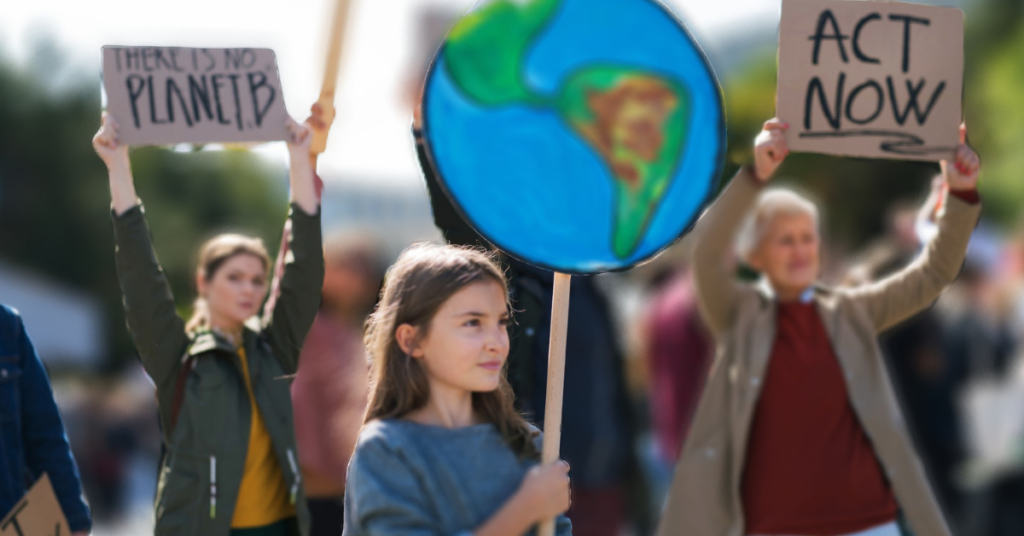It cannot be denied: the climate crisis is upon us. A new report released in February 2022 by the United Nations, based on 34,000 scientific studies compiled by 270 scientists from 67 countries, has found that extreme weather events today are both more common and more severe than experts had predicted they would be. Many climate experts are declaring this report to be “the direst assessment of the impacts of climate change ever offered by the U.N. Intergovernmental Panel on Climate Change, which has been issuing climate assessments for more than three decades.”[1]
“Widespread action is really urgently needed,” said Dr. Sherilee Harper, the lead author of the report, “more urgently now than previously thought, and that window for action is rapidly closing. Every choice we make now can either take us closer to or further away from a climate-resilient future.”[2]
It could not be clearer that we have to act now, and act fast. Unfortunately, as I’ve discussed in previous blog posts, international pressure and government mandates are not incentivizing countries or companies to reduce their greenhouse gas emissions with the necessary speed or urgency.
But there are forces out there stronger than any individual government or international consortium. Forces that can affect huge change, quickly. Those are the forces of the free market—and it’s time to let them do the work.
Market forces are as powerful as forces of nature. They are just as unapologetic and undeniable, and they can be just as cruel and destructive. We witnessed this first-hand during the 2008 financial crisis when we saw market forces destroy companies that were supposedly “too big to fail.” We saw the largest banks, insurance companies, and auto manufacturers collapse under the power of negative market forces, to the point where the government had to step in and bail them out.
Market forces can be brutal and devastating, but they can also be a huge force for good. Just as the forces of nature drive evolution and adaptation, so do the forces of the marketplace drive invention and innovation.
Now, imagine if we could take that massive power and utilize it to avert a total climate crisis. Imagine there was a mechanism that could harness market forces to reduce greenhouse gas emissions worldwide—while also benefitting the economy. No government mandated policies or regulations. Just the free market, doing what it does. This is exactly what ICEMAN offers: a way to make reducing greenhouse gas emissions a tangible competitive advantage in the marketplace.
This would have a far greater impact on reducing the global carbon footprint than any government-mandated policy. The laws of supply and demand would effect a change in the behavior of companies and even entire industries far more quickly than policy or regulation.
How? Consumer demand. With ICEMAN, consumers would have a science and math-based attribute by which they could objectively and accurately assess the carbon footprint of every product. Consumers are already inclined to buy products they perceive to be greener and to purchase from companies they perceive to be more environmentally responsible. As these tendencies become more and more mainstream, and as more consumers demand environmentally responsible products, the competitive advantage in the marketplace will go to those companies who do more to reduce their carbon footprints.
If we can harness the power of positive market forces, we will be able to achieve the urgent, widespread action Dr. Harper describes. In fact, it is probably our best hope for averting a total climate crisis.
[1] Subbaraman, Nidhi. “Impacts of Climate Change Now Severe and Widespread, U.N. Panel Says.” Wall Street Journal, February 28, 2022. https://www.wsj.com/articles/impacts-of-climate-change-now-severe-and-widespread-u-n-panel-says-11646046000.
[2] Ibid.
